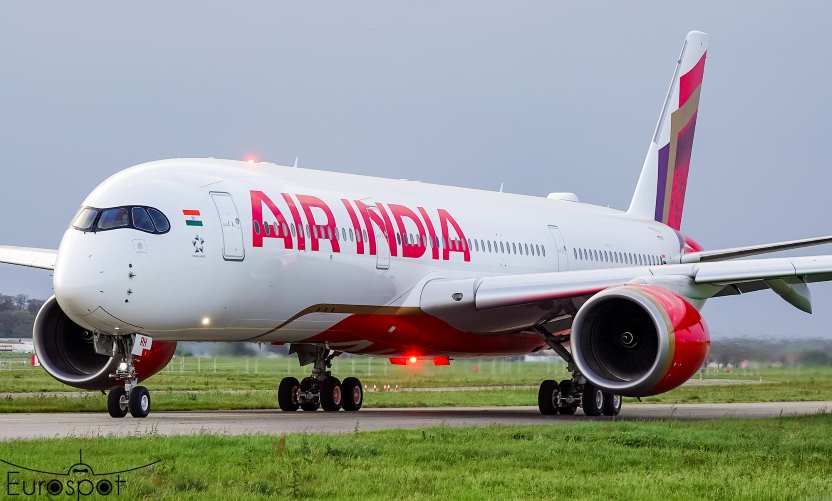Air India 787 Deploys RAT During Approach to Birmingham, Probe Ordered

An Air India Boeing 787-8 (registration VT-ANO), operating flight AI-117 from Amritsar to Birmingham, encountered an uncommon in-flight anomaly on October 4, 2025, when its Ram Air Turbine (RAT) unexpectedly deployed during the aircraft’s final approach to runway 33. The jet landed safely, but officials grounded the aircraft for inspection and cancelled the return AI-114 service.
According to the airline, the RAT deployed despite all engine, electrical, and hydraulic parameters appearing normal throughout the approach and landing. While RAT deployment typically indicates a severe power or hydraulic failure, no such indications were found. In response, India’s Federation of Indian Pilots (FIP) has requested the Directorate General of Civil Aviation (DGCA) launch a thorough inspection of all Boeing 787 electrical systems. The FIP pointed specifically to a possible fault in the Bus Power Control Unit (BPCU) as a cause of the uncomanded activation.
The RAT is an emergency aerodynamic turbine that deploys into the airstream to generate backup power when primary electrical or hydraulic systems fail. In this case, the device extended at around 500 feet above ground level during descent, catching attention as an unusually early deployment absent any other warnings. The pilots reportedly did not note any additional anomalies and executed a safe landing.
This incident follows a similar event in June 2025: Air India Flight 171 also saw RAT activation after takeoff from Ahmedabad. That flight tragically ended in a fatal crash, killing 241 of the 242 on board and 19 on the ground. Investigators confirmed in preliminary reports that the RAT deployed when the aircraft lost thrust, but they have not yet determined whether RAT activation was a cause or a result of the failure.
In the current case, regulators have acted swiftly. The DGCA has initiated a formal investigation into the uncomanded deployment, assigning officers from its air safety wing to examine the aircraft’s electrical systems.
Maintenance records show that Boeing-recommended checks for RAT deployment have already been carried out on VT-ANO, with no discrepancies found, according to sources cited by media.
Safety advocates and pilot unions regard the event as a serious concern, particularly given the tragic history earlier in the year and the fact that RAT deployment is rare under normal conditions. The FIP has urged the DGCA to consider grounding all 787s in India until the root cause is determined.
Air India operates a fleet of 34 Boeing 787s, meaning the implications could be wide-ranging across its long-haul operations. The airline has emphasized its priority to ensure “passenger safety and regulatory compliance” as it cooperates with investigations.
This event adds new urgency to ongoing scrutiny of Boeing 787 systems, especially in light of the earlier fatal accident. Whether this RAT deployment is an isolated mechanical anomaly or a symptom of deeper electrical system vulnerabilities remains to be seen—but both aviation regulators and the flying public will be watching closely.
Related News: https://airguide.info/?s=air+india, https://airguide.info/category/air-travel-business/travel-health-security/
Sources: AirGuide Business airguide.info, bing.com, timesofindia.indiatimes.com
